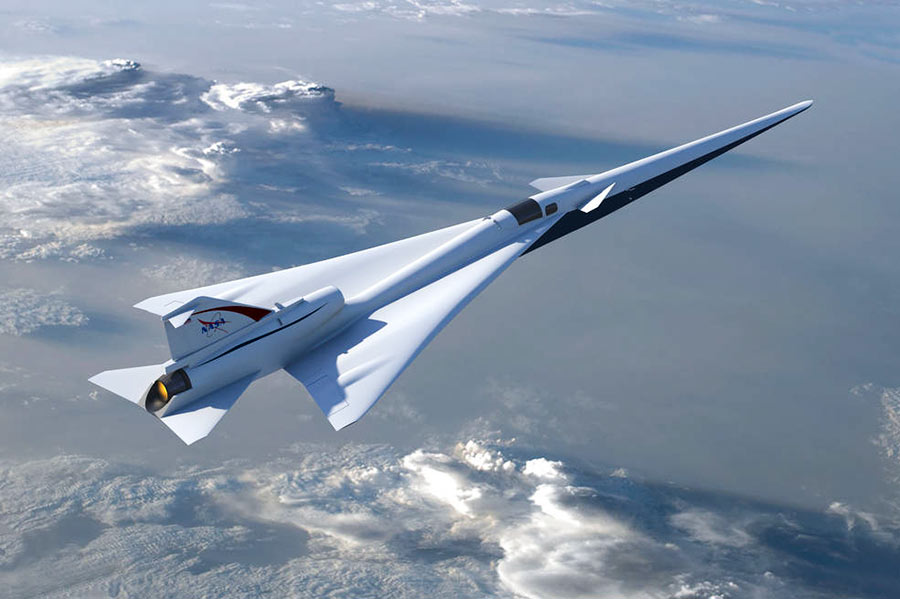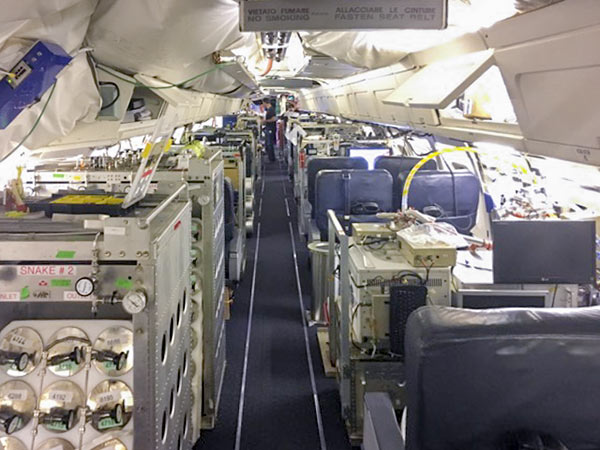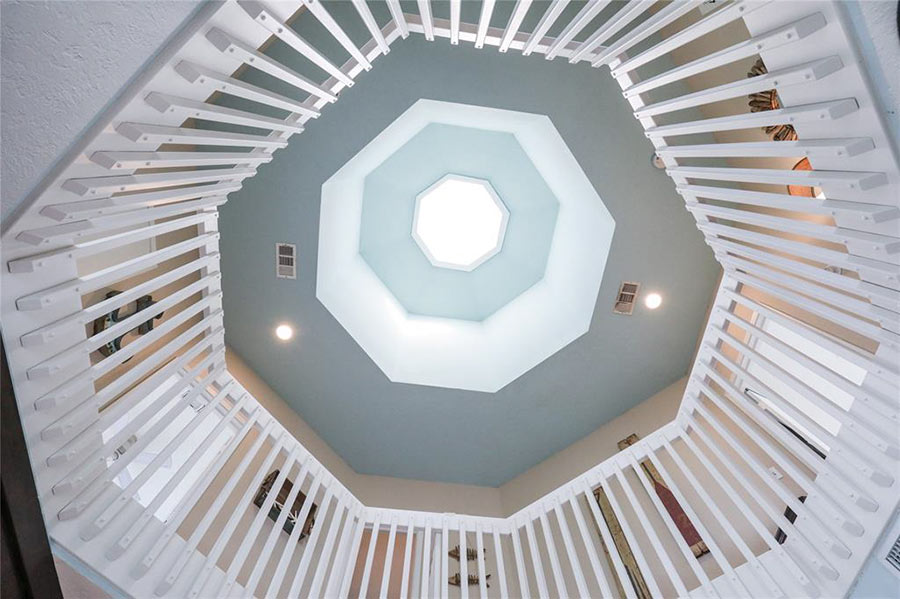NASA TO STUDY HOW LOUD SUPERSONIC JET GETS BY FLYING OVER GALVESTON  Lockheed Martin is pitching its planned supersonic passenger plane as the quietest yet — despite its top speed of 940 mph. The company says a prototype will be ready within the next few years. But NASA won’t wait that long to find out how loud it’ll be: “the government agency will use an F/A-18 Hornet aircraft to replicate the softer sonic boom and measure how receptive Galvestonians will be,” reports the Chronicle‘s Andrea Rumbaugh. After lifting off from Ellington Airport, the plane will dive down at a 53-degree angle off the Galveston coast, breaking the sound barrier as it does. “Most of that sound will go toward the water,” writes Rumbaugh. But when it pulls up, “some of the sound will travel toward Galveston. By the time it reaches the island, it will be at the sound level expected from NASA’s X-plane.” Five hundred chosen residents and a handful of sound monitors will listen up for 10 non-consecutive days in November and provide feedback on the noise level — which NASA’s project manager says shouldn’t be that bad: “If a traditional sonic boom is hearing a thunderstorm directly overhead,” he explains “then the new reduced sonic boom will be like hearing a storm rumble far in the distance.” [Houston Chronicle ($)] Rendering of Low Boom Flight Demonstration X-plane: NASA
Lockheed Martin is pitching its planned supersonic passenger plane as the quietest yet — despite its top speed of 940 mph. The company says a prototype will be ready within the next few years. But NASA won’t wait that long to find out how loud it’ll be: “the government agency will use an F/A-18 Hornet aircraft to replicate the softer sonic boom and measure how receptive Galvestonians will be,” reports the Chronicle‘s Andrea Rumbaugh. After lifting off from Ellington Airport, the plane will dive down at a 53-degree angle off the Galveston coast, breaking the sound barrier as it does. “Most of that sound will go toward the water,” writes Rumbaugh. But when it pulls up, “some of the sound will travel toward Galveston. By the time it reaches the island, it will be at the sound level expected from NASA’s X-plane.” Five hundred chosen residents and a handful of sound monitors will listen up for 10 non-consecutive days in November and provide feedback on the noise level — which NASA’s project manager says shouldn’t be that bad: “If a traditional sonic boom is hearing a thunderstorm directly overhead,” he explains “then the new reduced sonic boom will be like hearing a storm rumble far in the distance.” [Houston Chronicle ($)] Rendering of Low Boom Flight Demonstration X-plane: NASA





Meh. Not near as fast as the Concorde used to be.
Sonic booms are nothing like having a thunder storm. Sonic booms, when they are overhead, are as loud as a lightning strike directly on your house. But the sound is more like an explosion than a lightning strike. It also shakes the house. If you don’t know that the boom is from an aircraft, you will think that a bomb went off very nearby. I have experienced both the lightning strike and the sonic boom, on different occasions, at my parents house in the Sacramento Mountains of New Mexico. The Sacramentos are perched above Hollomon Air Force Base and White Sands Missile Range. Plenty of thunder and sonic booms there.
I used to live near an air force base and heard sonic booms on weekly basis, not really a big deal, in fact as a kid I used to look forward to them.
Some history on these kinds of tests:
https://paleofuture.gizmodo.com/when-the-faa-blasted-oklahoma-city-with-sonic-booms-for-1649589210
The economics of supersonic passenger flight didn’t really work in the era of high airfares. I can’t imagine how it’s going to work now in the era where everybody expects rock-bottom prices.
@PAB: you do realize that engine efficiency has come a long way since the Concorde’s engines were developed in the 1960’s.
Shady, right on. Not to mention composite frame and skin materials. The private jet industry will be the first to embrace overland supersonic flight. NASA is really on target with research and practical use. The over ocean limitations of faster than sound flight are the last variable to eliminate.
J- ‘over ocean limitations of faster than sound flight’ (?). The internet was unhelpful in explaining this.
Gisgo, the ocean offers the only area free of government regulations on the sonic boom over urban areas.
Also, not a whole lot of people wandering around out on the open ocean, thus fewer people to annoy.
Statement implied that supersonic flight over the ocean was limited (attenuated, less feasible), for physical or legal reasons. Absurd obviously, syntax aside.